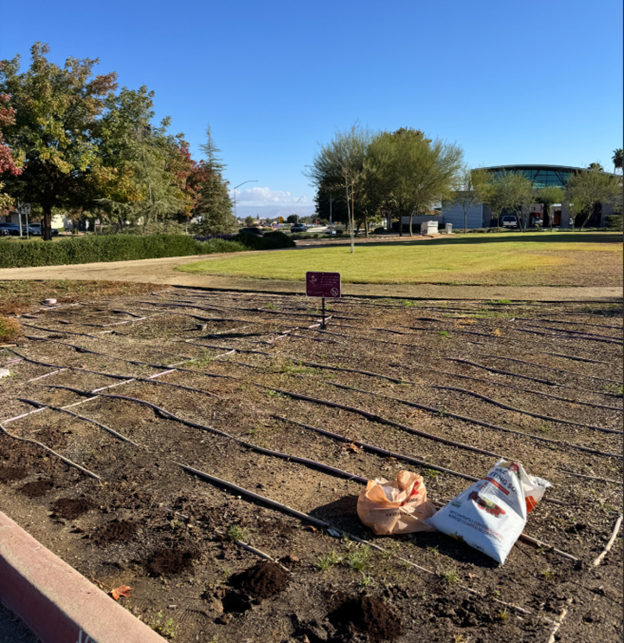Overdose Prevention Committee Hosts Red Ribbon Week at CHSU-COM
November 1, 2024

Photo caption: “Life is a Movie,” event. Shown left to right: Negin Fadaee, Aicha Naouai, Mariya Leshchuk
Written by: Mariya Leshchuk
The week of October 23-31 was dedicated to celebrating the importance of living drug-free and raising awareness of substance use prevention. To support this initiative, the Overdose Prevention Committee (OPC) collaborated with the CHSU’s Office of Student Affairs to host a variety of campus events for Red Ribbon Week.
The week kicked off on October 23rd with Spirit Day, which invited students and staff to wear red as a symbol of their commitment to a drug-free lifestyle. Red bracelets and “Drug Free” stickers were distributed across campus.
This year’s theme for the national Red Ribbon Week Campaign was “Life is a Movie.”
In support of this theme, the OPC hosted a special viewing of a video testimonial with popcorn for attendees. The video featured Julian Carvajal, a Fresno native teen who shared his powerful story of struggling with and ultimately overcoming fentanyl addiction.
His testimony provided students with valuable insight into the perspectives of patients struggling with opioid addiction.
On October 30th, students participated in the “Plant the Promise” event, where each student planted a red tulip on campus. While the event was short lived, its impact will not be. Planting tulips will serve as a powerful visual reminder of the importance of implementing preventative measures to address addiction and reinforce students’ role in promoting resilience now and as future physicians. These activities collectively provided medical students with both a personal and professional perspective on addiction.

To end off the week, red ribbons were hidden across the CHSU-COM campus for students to find them. Those who succeeded were awarded a goodie bag consisting of naloxone (Narcan) and fentanyl test strips. This event provided students with the practical tools needed to apply overdose prevention strategies and substance use awareness.
These activities encouraged empathy, raised awareness, and equipped students with valuable insights and resources for supporting patients facing addiction.